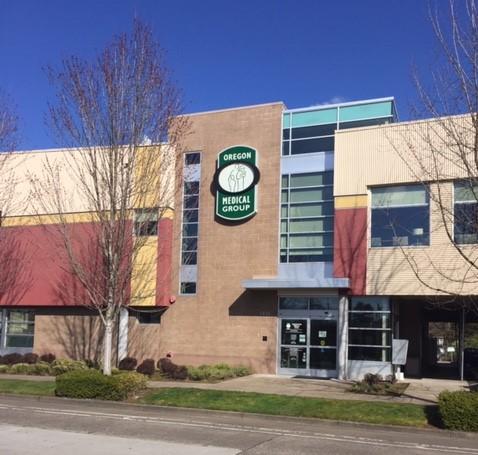
The Lund Report is offering this coverage for free to better inform the public at this difficult. But we need your support to help us stretch our resources. Please sign up for a premium subscription or consider making a donation. Both are tax deductible because we're a 501(c)(3) organization.
The coronavirus pandemic has forced providers across the state to dramatically realign their practices and priorities in the face of an expected onslaught of COVID-19 patients in the next few weeks.
The change started last week at Oregon Medical Group, Lane County’s dominant primary care network of clinics. A doctor’s typical workday used to involve a grueling schedule of up to 25 face-to-face meetings with patients. But that’s changed dramatically as the for-profit, privately owned company – which has about 120 doctors, physician assistants and nurse practicioners providers – rapidly refocuses its operations.
Rather than welcoming in-clinic patients, OMG is now trying to keep them away from its facilities and to treat them over the phone instead. In just two days, primary care providers have cut back to seven or fewer in-office visits a day per provider. Those are limited to seriously ill patients, said Karen Weiner, CEO of the Eugene-based 10-clinic, 750-employee system. Phone consultations – which used to be rare – have increased to 15 to 20 a day per provider, she said.
“We have turned our organization on its head,” Weiner said.
The change is crucial for the community to reduce potential coronavirus exposures in waiting rooms and clinic offices, but it’s hard financially for the company, Weiner said.
The new approach “is the antithesis of what a health care organization does to stay financially viable,” she said. A typical office visit can gross a medical practice several hundred dollars, depending on the purpose and a patient’s insurance. A phone consultation can bring roughly $50 under typical insurance billing contracts.
But OMG will stick to the new model indefinitely because “it’s the right thing to do,” Weiner said. Additional innovations may include home visits to the elderly, repurposing clinics and stretching out hours to reduce the density and exposure of employees and patients, Weiner said.
Many businesses, from movie theaters and restaurants to hair salons and yoga studios, are temporarily closing, either because business is down so sharply it makes no sense to remain open, or because they’ve been ordered closed to reduce viral exposure.
But health providers are in a unique position: They must remain open, and they must make complex and sometimes costly changes to reduce exposure and prepare for an anticipated influx of sick people in coming weeks. Hospitals are cancelling elective and non-urgent procedures and are adding tents and temporary buildings to house the anticipated inflow, or reconstructing interior space.
On Wednesday, Lane County reported its first coronavirus death, a 60-year-old woman who also had other health problems. The only other confirmed Lane County coronavirus case is an elderly man who is in stable condition and resting at home after experiencing flu-like symptoms earlier this month. Just how many county residents will end up being sickened by the virus is anyone’s guess.
Weiner said Oregon Medical Group developed five principles to guide its rapid shift:
- Keep healthy people out of the clinics and at home. Answer their questions.
- Keep sick people who do not need immediate care out of the clinics and at home. Answer their questions.
- Identify sick people who need immediate care and get them to a clinic or a hospital emergency department.
- Identify and support at-risk patients with chronic health conditions.
- Support employees.
Weiner said the pandemic was announced just as OMG’s management entered the final stages of an 18-month project to introduce a new electronic medical records system. The company had to quickly put that tech project on hold.
Instead, it’s had to focus on telehealth logistics -- which have proved difficult.
The medical group isn’t set up to conduct video consultations with patients, and consultations over the telephone are cumbersome. Not every household has a working thermometer, and many lack a blood pressure cuff. On the other hand, some advanced telemedicine technology is on hand. OMG’s endocrinology department can remotely access blood sugar information that diabetic patients download at their homes, Weiner said. The medical group’s specialty departments are all pursuing telephone based treatment, she said.
The medical group has “limited testing supplies at this time” to test for COVID-19, “so we are sticking to criteria that indicate a (patient’s) high risk,” Weiner said. The test involves inserting a swab up a patient’s nostril to get a sample of cells and sending them to a lab for testing. The limited nationwide availability of testing kits and labs to conduct the testing has stalled results.
Medical staff dealing with patients who show symptoms consistent with COVID-19 typically may need to wear protective gear, from masks to suits.
“We have enough protective gear for now,” Weiner said. It’s hard to predict how much more the company will need, but more gear has been ordered, she said.
“It’s a very fluid situation,” she said.
You can reach Christian Wihtol at [email protected].